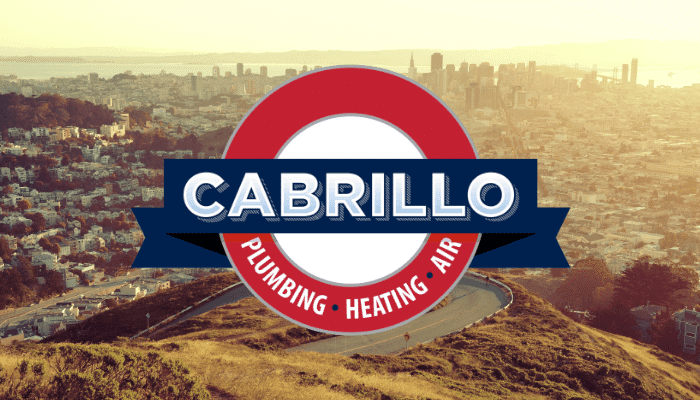
Do you feel a little foolish buying water? If it comes from your kitchen tap, why pay for it at the store? It’s pretty ridiculous when you think about it. Still, it sells to the tune of $15 billion. That’s billion with a “B.” Why?
People buy bottled water because it has fewer chemicals and impurities in it. Moreover, it tastes better than tap water. But there’s a dirty little secret about the bottled water business. At least 25% of bottled water starts out as city tap water according to the Natural Resources Defense Council.
You can get the same high quality water at home, without paying an arm and a leg, without lugging cases of bottles or gallon jugs home from the store. You can treat your own water yourself, automatically, painlessly, inexpensively.
Point-Of-Use vs. Point-Of-Source
You can treat the water in your home immediately before use (point-of-use) or when it enters your home (point-of-entry). Point-of-use water filtration systems range from filter pitchers to under sink filtration systems. Point-of-entry systems are often referred to as whole-house water filtration systems.
Whole-house systems are considered superior because they treat all water entering the home, rather than the water at one faucet alone. Thus, the whole-house approach improves water quality at all faucets and showerheads, improves refrigerator ice, and improves the water used to wash clothes. Depending on the quality of your source water, it may even extend the life of water appliances.
Under sink point-of-use and whole-house water filtration systems offer the additional advantage of combining more than one water purification method. Water pitcher and faucet filter point-of-use systems are typically limited to carbon filtration.
Common Types Of Water Purification
The three most common types of water purification are activated carbon, reverse osmosis, and ultraviolet light. Often, whole-house systems combine more than one purification method. The best method for you depends on your water, your objectives, and your budget.
Activated Carbon
Activated Carbon is often used for pre-treatment of a reverse osmosis purification system, but it can also be used as a standalone system. Activated Carbon systems use adsorption and catalytic reduction to remove unwanted particles from water. Bottom Line: these filters are good at removing organic chemicals, but not inorganic contaminants like metals. Although they will not remove all impurities, they will improve the quality and taste of your drinking water.
Ultraviolet light
UV Treatment, like Activated Carbon will work well when eliminating biological contaminants, but not when reducing heavy metals or chemicals. UV Treatment will kill bacteria and other microorganisms, but will not remove the impurities.
Reverse Osmosis units
Reverse Osmosis is the most effective kind of water filtration system, however it also produces the most waste. Only a small percentage of water traveling through the system (approximately 5-10%) will end up being purified water. The rest is discarded as waste water. However, this kind of water purification system will remove contaminants that activated carbon and ultraviolet light will not. Reverse Osmosis uses a semi-permeable membrane that only allows water to flow through.
Adding It Up
Safety concerns aside, installing a water filtration system in your home makes sense. With bottled water costing $8 a case at the local grocery store, a water filtration system will pay for itself in a few years. Get all of the bottled water you need for pennies. Use it in cooking (see if it doesn’t make vegetables taste better). Water the plants with it. Even give it to your dog. Why not? The price of water no longer matters.
If you want to learn more, call us at [custom_phone_link phone_no="800-908-3888"]. We’ll meet with you to assess your needs, see what’s involved in an installation for your home, and give you an estimate for your own whole house purification system.
